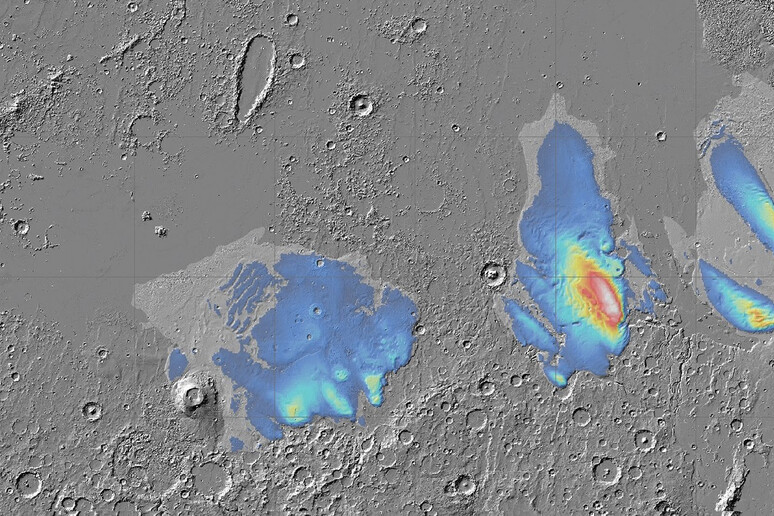The Red Planet contains a considerable amount of water ice even at the equator, according to a study led by the US Smithsonian Institution using the European Space Agency's Mars Express probe.
The deposit is concealed beneath the surface, extending for several kilometres below ground and covered by hundreds of metres of dust, and is the largest amount of water ever found in this part of the planet.
The discovery, published in the journal Geophysical Research Letters, was made possible thanks to the MARSIS radar instrument on board the probe, built by Thales Alenia Space, a joint venture between Thales and Leonardo.
The sensors that guided Mars Express to the Red Planet and help it maintain its orientation are also Italian, built in the Leonardo plant in Campi Bisenzio near Florence.
Mars Express returned to study the area known as 'Medusae Fossae Formation' (MFF) first examined 15 years ago, which had provided clues to a possible underground ice deposit.
"We've explored the MFF again using newer data from the MARSIS radar, and found the deposits to be even thicker than we thought: up to 3.7 km thick," said Thomas Watters of the Smithsonian Institution, who led the study.
"Excitingly, the radar signals match what we'd expect to see from layered ice, and are similar to the signals we see from Mars's polar caps, which we know to be very ice rich," he added.BE
Riproduzione riservata © Copyright ANSA













